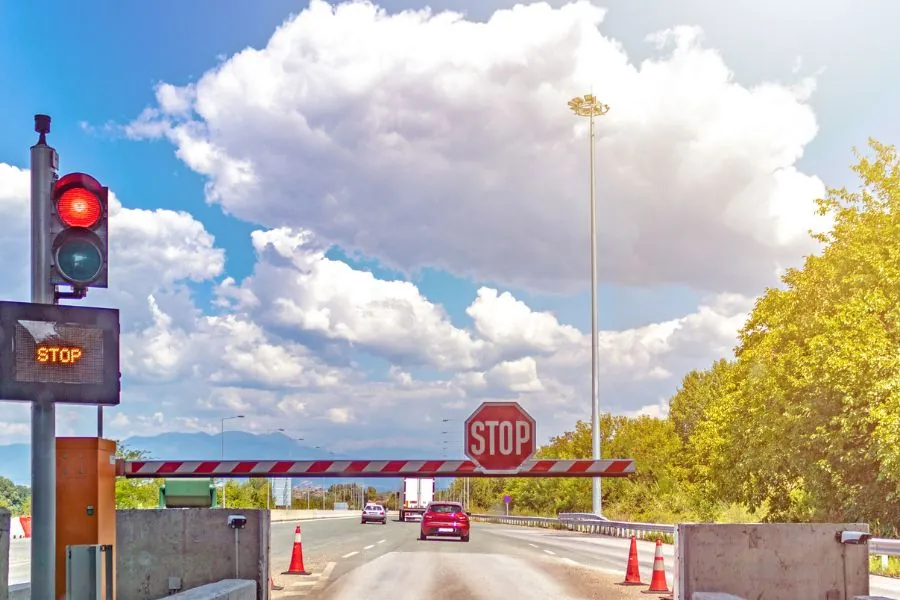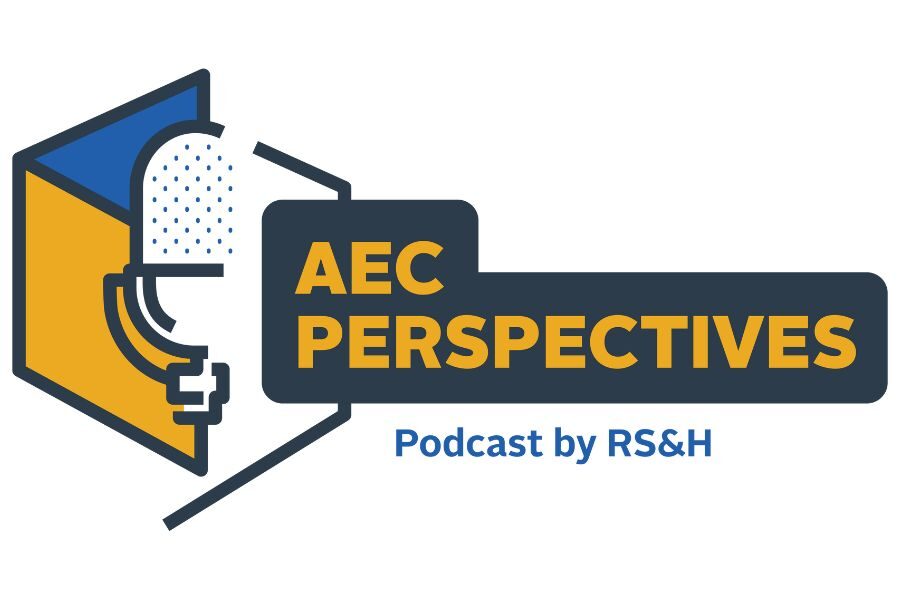Preparing for the Future: Technology’s Impact on Tolling

It seems every day we are introduced to a new technological marvel. From the multitudes of mobile applications arriving daily on the market place, to vehicle-to-infrastructure communication technology that will change transportation in inner-cities, technology is evolving at such a fast pace that, while exciting, it has become difficult to keep up. Individuals and industries alike are struggling to understand how the “latest and the greatest” technologies will simplify our lives and how to implement those technologies cost effectively to improve the user experience.
The tolling industry is certainly no different and arguably has the most to gain – or lose – from some of these advancements. While the macro-effect on the tolling industry from some of the newer technologies (e.g. connected and autonomous vehicles) will not be fully understood for quite some time, there are other advancements currently being implemented that will have a more immediate effect.
Mobile Devices and Applications
When’s the last time you talked to someone while you were waiting for the next train, the red-eye flight back home or just around the dinner table? Society can thank the evolution of the mobile phone for our self-absorbed information consumption. But, it’s not all bad, especially for the tolling industry.
Mobile devices and applications have made it much easier for toll agencies to interact with customers. Whether it’s a new road opening alert, a program enhancement being rolled out, or the ability to update an account and pay a toll bill, customers have easy access to this information.
Enterprising companies are also using mobile applications to act as a “middle man” between the customer and the toll agency. These companies guarantee toll collection for the agency, while relieving the burden on the customer to open and maintain a toll account with one, or several, state-wide or regional agencies. With the growing popularity and implementation of managed lanes around the country, many transportation-based applications are making it easier for users to view and estimate travel times along corridors and view current pricing on managed lanes. This allows application users to make better choices on how to reach their destination.
Additionally, by accessing the GPS systems on mobile phones – and within vehicles – mobile applications and devices are paving the way for the implementation of virtual gantries. While there are still many questions to be answered and several operational hazards to overcome before virtual gantries become mainstream, they do present agencies with the possibility of implementing a solution that represents significant, quantifiable cost savings in roadside infrastructure alone. And, for that reason, it’s a technology the toll industry must consider.
Cloud-based Technology and Infrastructure-as-a-Service
As technologies continue to evolve, toll system implementations have become increasingly complex, and managing toll operations has become exceedingly expensive. Advances in technology are driving many agencies to consider newer, less proven solutions that carry potential to significantly reduce operational costs, make their businesses more agile, and make storing, accessing and sharing applications and data easier. For this reason, many agencies are analyzing the implementation of cloud-based and infrastructure-as-a-service technologies.
Cloud-based computing and storage offers agencies the comfort of redundant, steadily available systems, robust disaster recovery resolutions, and the ability to easily access and share large volumes of data. Cloud-based services can also be rapidly deployed, allowing agencies to stand up temporary, or remote, operations in a matter of minutes versus the weeks or months it may take traditionally.
Infrastructure-as-a-service is becoming more attractive because the “pay-as-you-go” subscription model can represent significant cost savings to the agency bottom-line. Utilizing a subscription-based model, agencies no longer need to budget for the purchase and maintenance of large amounts of hardware, software, and licenses, as well as the staff needed to operate and maintain complex tolling systems (not to mention the office or warehouse space typically needed to house it all). While this service comes with very real risks, including security breaches, legal liabilities, and agencies’ loss of control of their data, the potential for cost savings in capital expenditures alone is significant and may outweigh the potential risks.
Big Data
With 2.5 quintillion bytes of data produced daily (and growing), big data is nothing new. However, using rapidly evolving technologies to capture, store (like cloud-based services) and analyze vast swaths of data and deliver actionable solutions that increase the efficiency of toll agency’s operation is new. In today’s world, toll agencies must plan their data infrastructure around the capture of significant amounts of data in order to accommodate the volume being produced.
In order to identify potential operational efficiencies or isolate key factors that will help an agency better connect with its customers, it’s more important than ever for agencies to capture as much information as possible to avoid “blind spots” and data silos. Real-time dashboards and other analytical tools are becoming more versatile and crucial to agencies in order to analyze large amounts of data, identify trends, and offer real-time benefits. From delivering personalized content to customers via mobile applications, to providing real-time toll rates and traffic information, big data represents a huge opportunity for toll agencies.
As machine learning technologies and predicative analytics become more prevalent in the future, toll agencies will be able to construct more diverse models of their customers, develop more accurate predictive models of traffic and customer behavior, and ultimately increase revenues while decreasing operational costs.
Connected and Autonomous Vehicles
If you’ve been to one of the many transportation-focused conferences within the last couple of years, you’re well aware of the connected and autonomous vehicle (CAV) “buzz” that is resonating throughout all facets of the transportation industry. Because most of the related technology is so new, all sectors of the industry are trying to figure out what effect this will have on their respective corner of the transportation world. The novelty of CAV and its technology means neither anyone nor everyone is a true expert in regards to how it will impact our lives and the industry.
From the tolling industry’s perspective, many are scrambling to understand what this all means. Will CAV enhance the tolling environment, or will it make it obsolete, particularly managed lanes? What infrastructure changes should we be planning or implementing to be prepared when the CAV train rolls into our world? Tolls and managed lanes projects continue to emerge as key solutions for relieving congestion on modern roadways, and the technological and ideological advances in user fees and connected vehicles will augment these solutions.
From the integration of CAV technologies, to national interoperability, to harnessing new ways to interact with customers and address financial challenges, there is a lot that we, as industry professionals, need to better understand about emerging technologies and their effects in order to conquer future challenges.
We can be certain that changes are coming. What these changes will look like and how they’ll affect the toll industry, though, is more difficult to ascertain.



